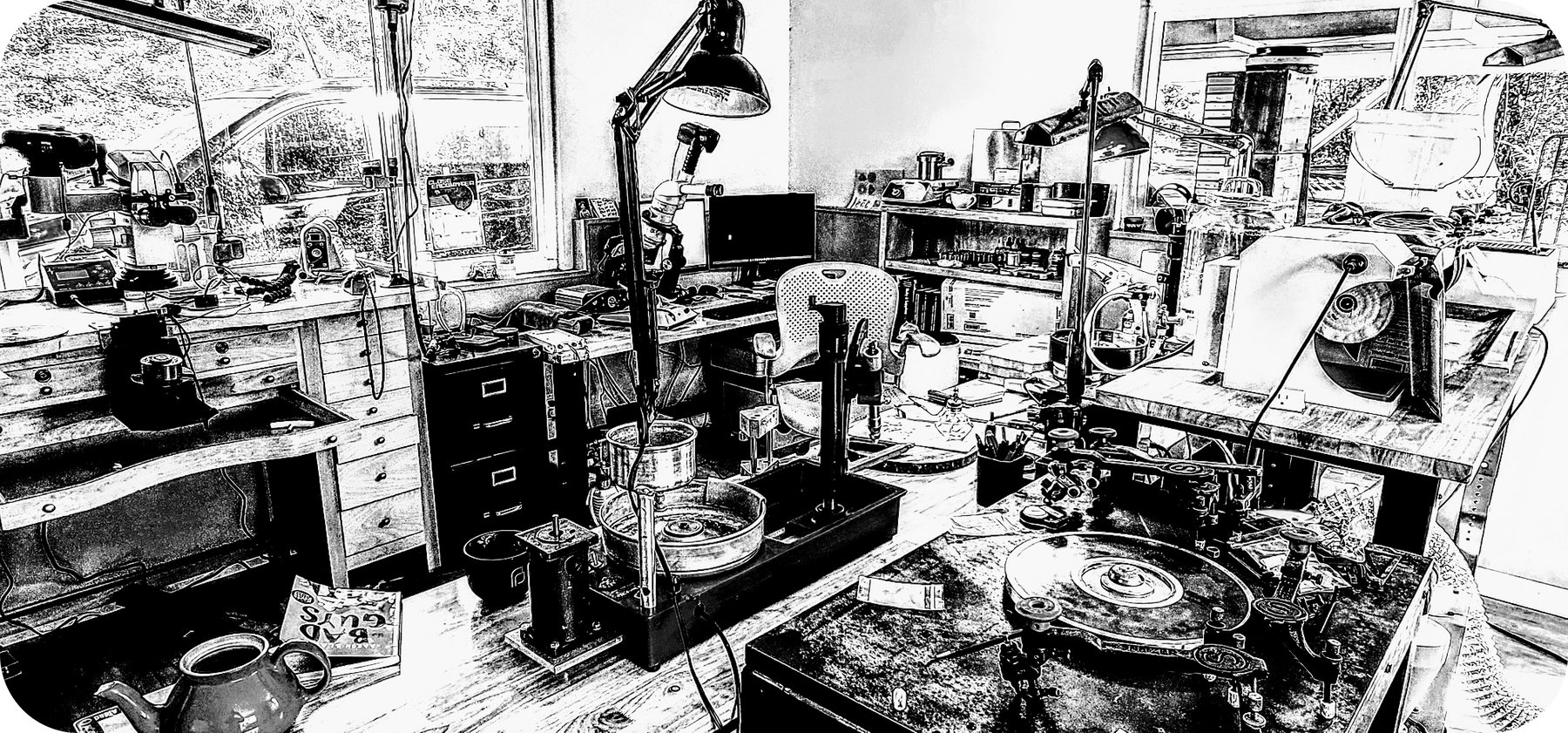Precision-cut by American lapidaries
Lab Grown
Custom gems!
Lab Grown
Custom gems!
Custom gems!
OBSESSED WITH CUT QUALITY


























